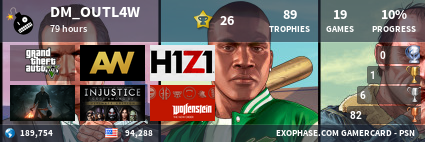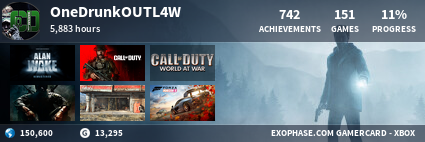
Story by Dave Cook
Thu, Jul 25, 2013 | 13:24 BST
Microsoft announced last night that Xbox One will allow studios to self-publish on the format, and that the console itself can be used as a dev-kit, potentially putting development power into the hands of everyone. The company has shed light on what this all means from a development standpoint in a new interview.

Speaking with OXM ahead of the Xbox One’s initial reveal, Xbox’s director of development Boyd Multerer said that the machines used as dev-kits today are identical to retail models.
He said, “It’s kind of weird. There are debug Xboxes, absolutely, but it’s the exact same hardware as a regular Xbox, it’s just which keys and which certificates are on it, allowing it to see which version of the [Application Programming Interface] is in production.”
Xbox Live’s principal program manager Chad Gibson added that Xbox One development utilises fewer proprietary tools than the 360, meaning anyone can get to grips with how to code for the console and use their own tools to make games.
“Is it easier to use your own services? Absolutely. We’ve used a lot more common protocols for this Xbox than the previous Xbox. In the previous Xbox, we had things like the proprietary security protocol, we had a much more locked-down way for applications or games to call services provided by the actual game developers, and all that stuff is a lot easier now.
“We have typically had requirements that involve a lot of games applications, evaluating how many times they call service “X” or “Y”, and all that stuff is completely automated in the new Xbox. So we’re on a path, absolutely, to allow a much larger array of developers to write applications and experiences
He then compared the development systems between Xbox 360 and Xbox One, suggesting more-unified architecture, “The other fundamental thing, the step that we took to make it much more open is that on Xbox 360, we have all these different environments. We ask application developers to go through what we call CertificationNet, PartnerNet where there’s like, I guess, separate walled environments.
“In the new Xbox, it’s all production. So the way a developer uses and uses all the new Xbox’s capabilities is all just in production. We have a bunch of mechanisms to manage, you know, IP protection and things like that.”
Commenting on the way parts of the development process like certification will work, Gibson concluded that while things will certainly be easier, several facets of the Xbox 360 process will remain.
He said, “So we’re taking a lot of steps to make it so that a wider array of developers can develop things for this Xbox. And to make it so our certification requirements and typical curation procedures are much easier and more streamlined.”
“The way that we do tooling, the way that you actually build and use Xbox Live, I mean, it’s worked, it’s been great for us, we’re just making it a lot easier for next generation.
“We still have PartnerNet, because we still have many parts ready for the system that are going to live for a long, long time, and we’re, we’re still going to be doing lots of things on 360 and PartnerNet is a key part of that.”
What do you make of Microsoft’s self-publication u-turn and the systems discussed above? Let us know below.
More...












